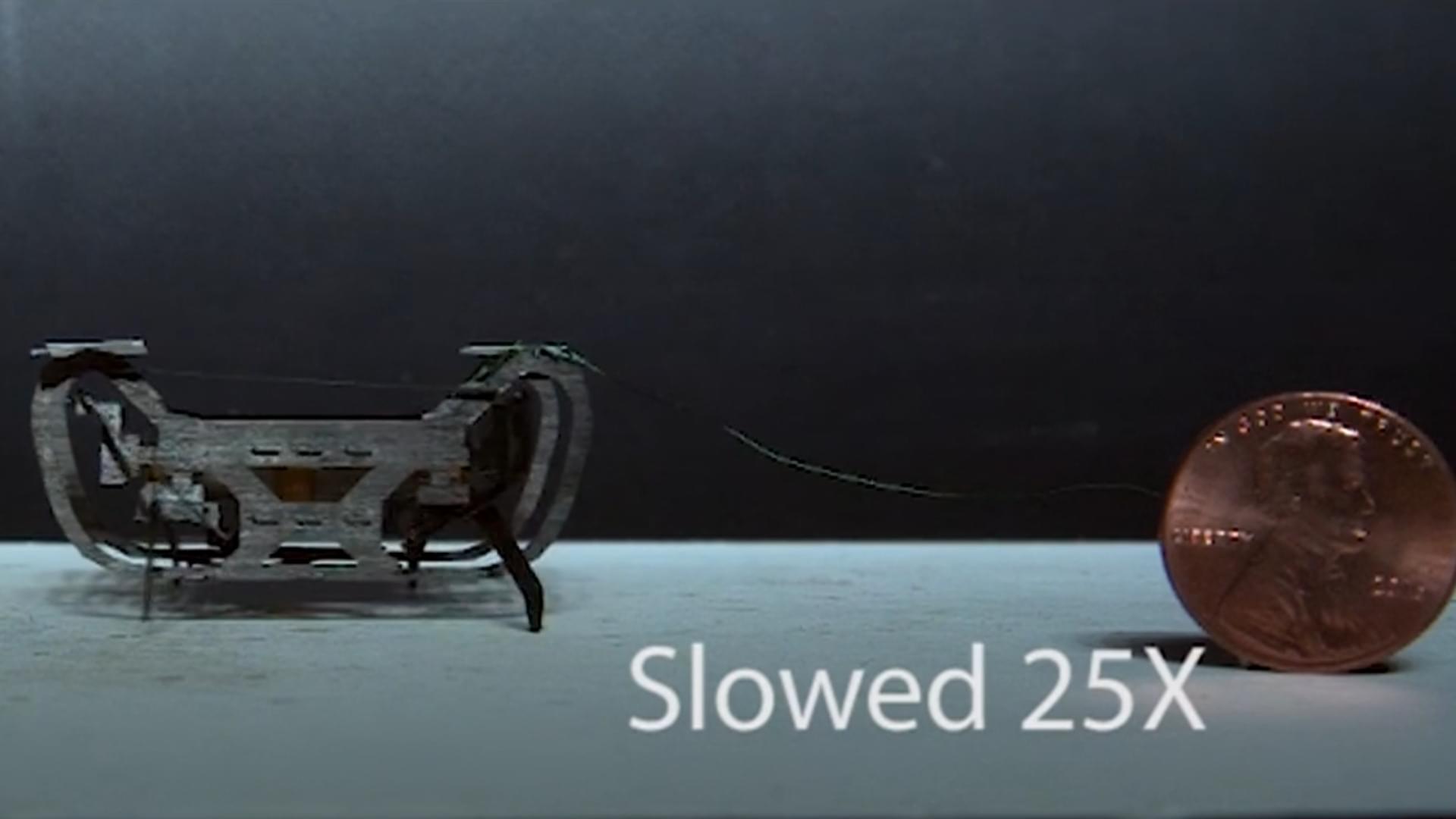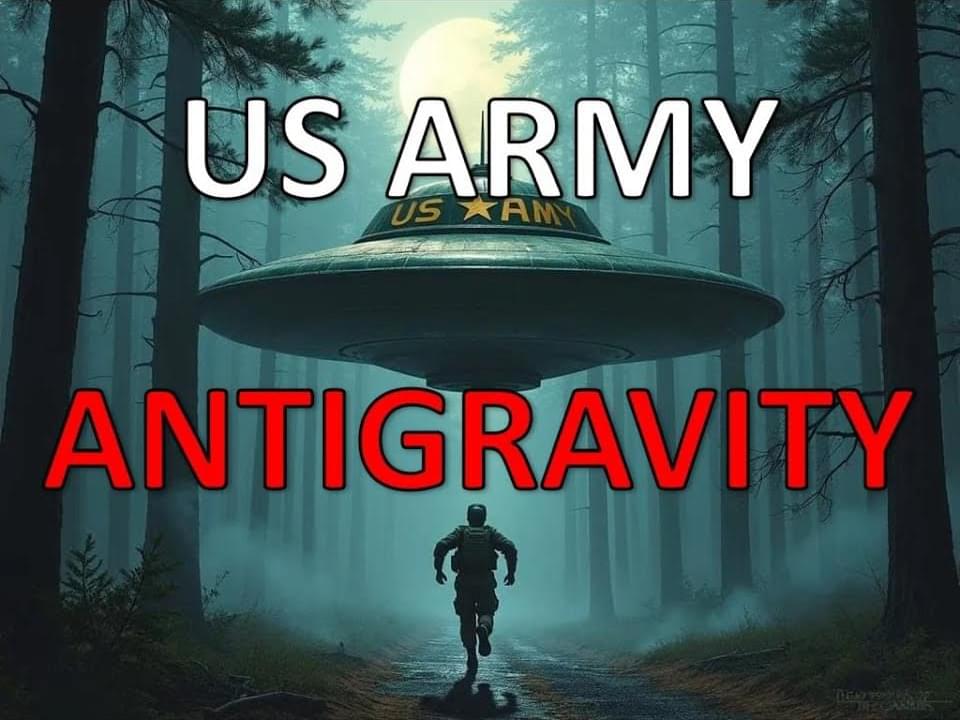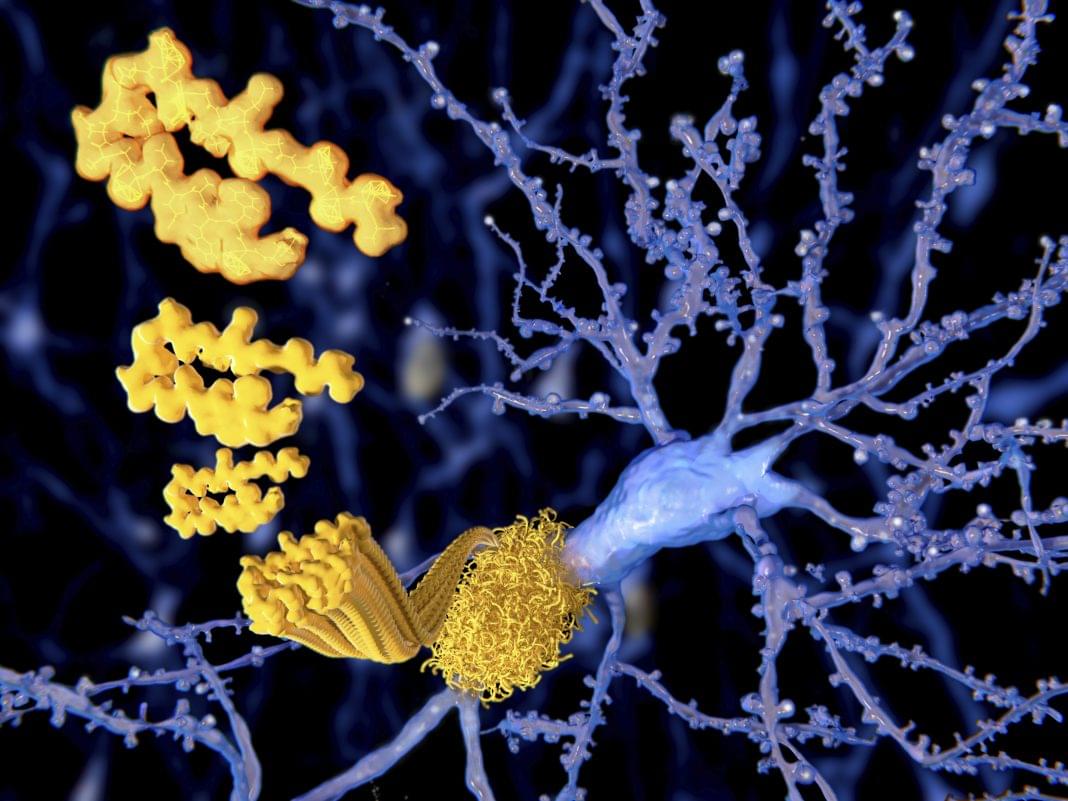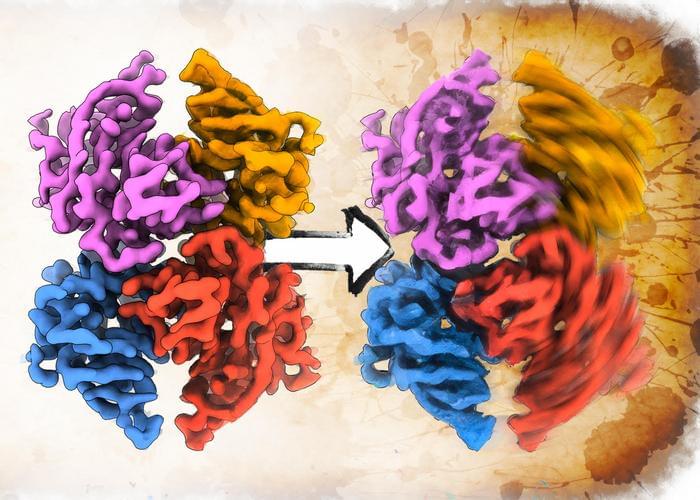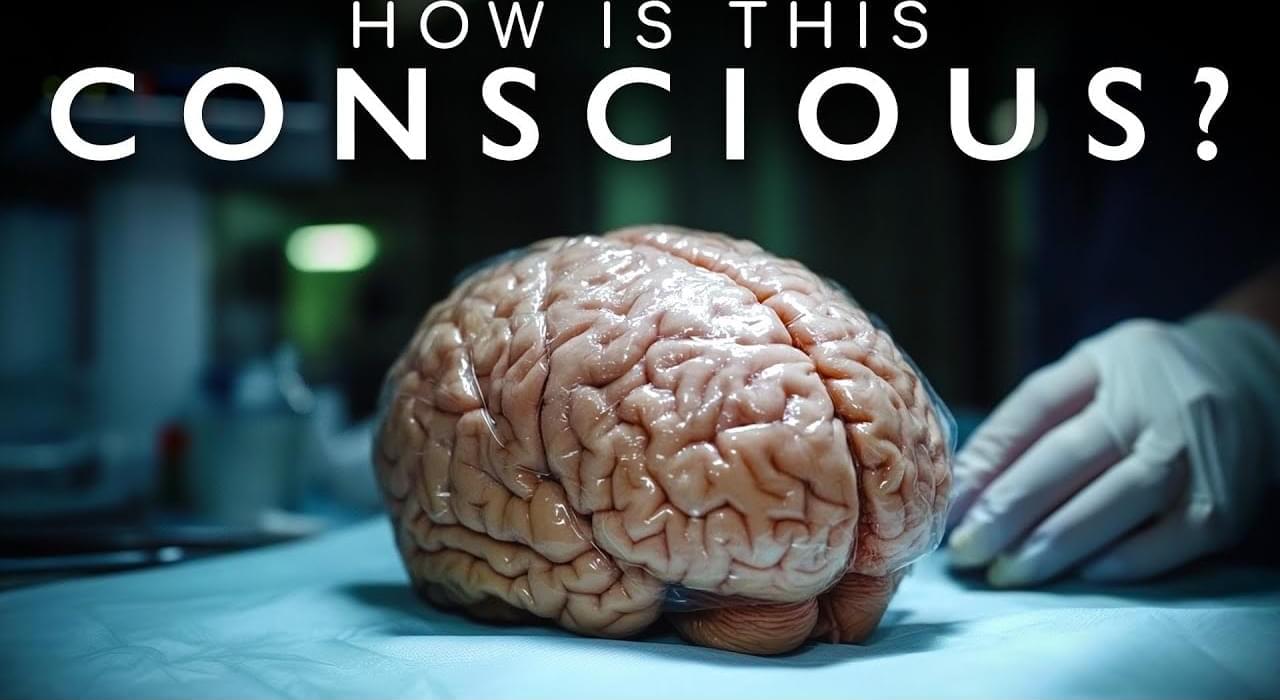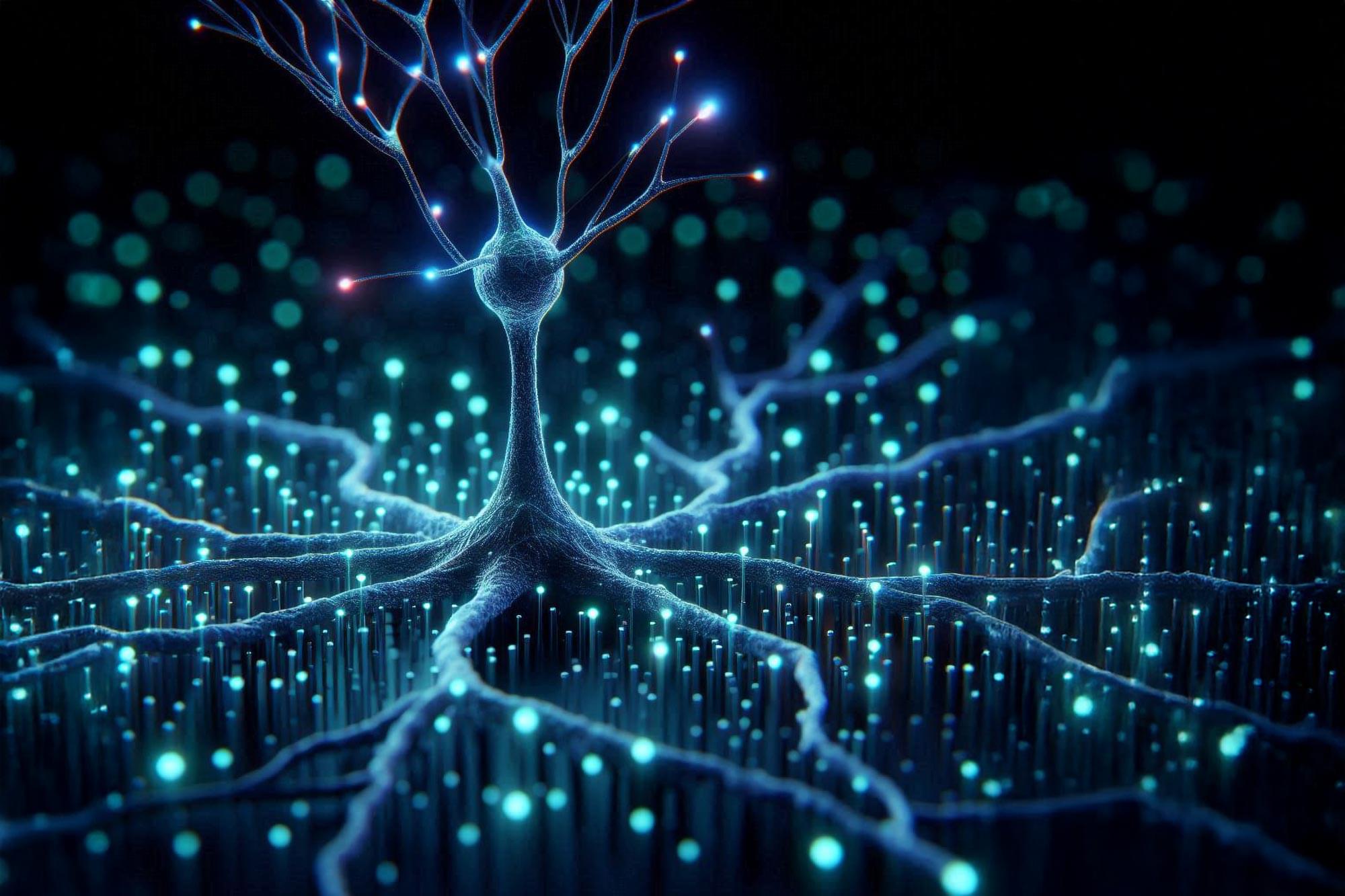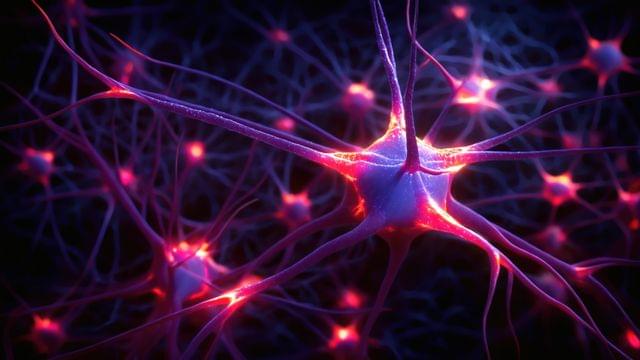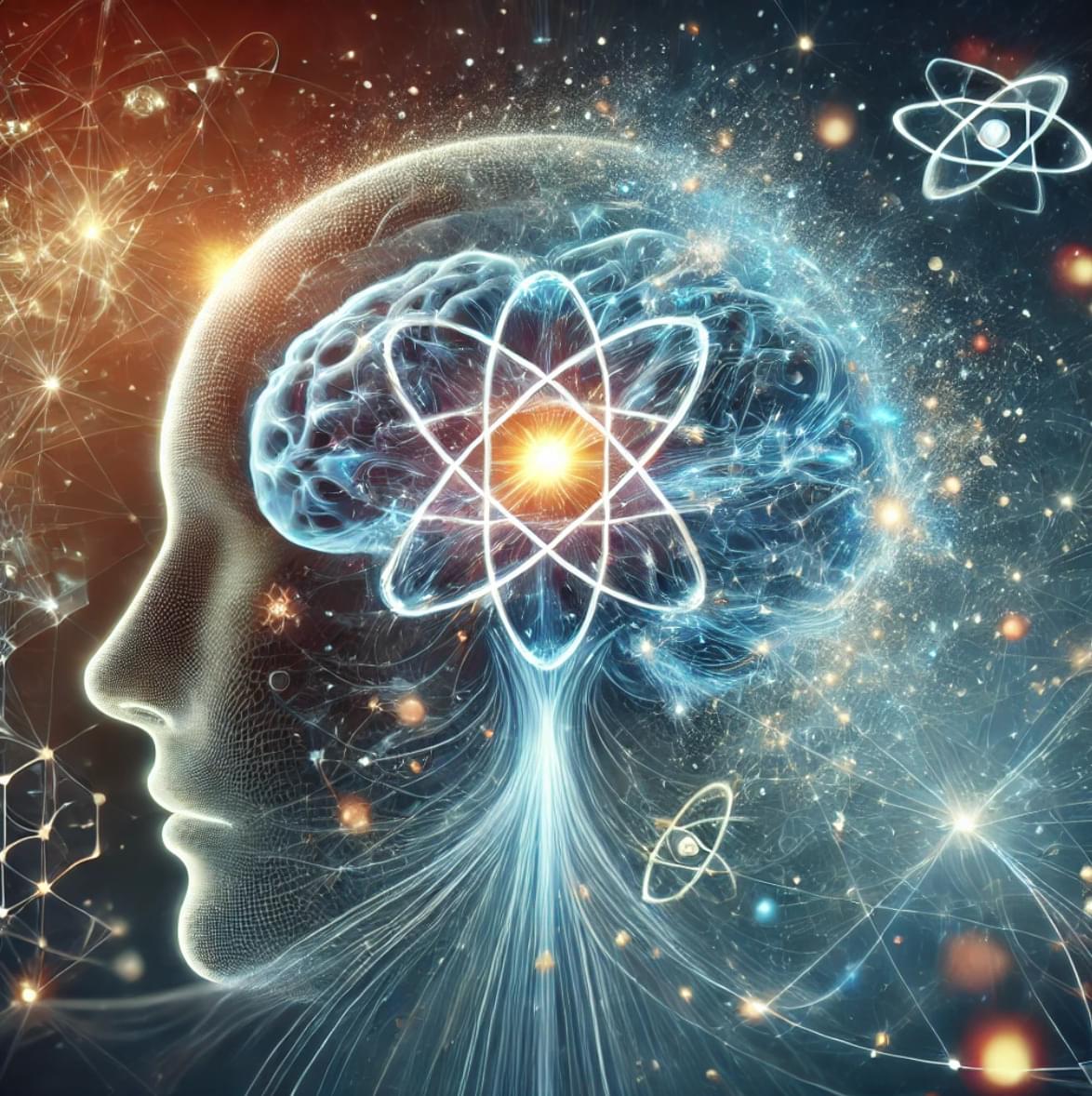A new type of computer bug.
MIT physicists, in collaboration with colleagues, have measured the geometry—or shape—of electrons in solids at the quantum level for the first time. GOOD. Ask the MIT physicists: 1. What is the physical reality of quantum physics? 2. How is your quantum level defined? 3. What is the spacetime background of your quantum level?
What one researcher see or touch about an elephant will be different, and what different researchers see or touch will be even more different. It is a scientific phenomenon, not the essence of nature. Scientific research guided by correct theories can enable researchers to think more.
According to the Topological Vortex Theory (TVT), spins create everything, spins shape the world. There are substantial distinctions between Topological Vortex Theory (TVT) and traditional physical theories. Grounded in the inviscid and absolutely incompressible spaces, TVT introduces the concept of topological phase transitions and employs topological principles to elucidate the formation and evolution of matter in the universe, as well as the impact of interactions between topological vortices and anti-vortices on spacetime dynamics and thermodynamics.
What happened to Ning Li – Proof the US Army had a black antigravity program.
GoldBacks from Galactic/Green Greg’s affiliate link:
Use coupon code GreenGregs for 1% off.
Outstanding Antioxidant For Your Health: https://shopc60.com/
Use discount code: GreenGregs10 for 10% off.
Inspire your kids to love science!
SAVE 20% OFF New Science Kits Using Code: NEWKITSSAVE20 At Steve Spangler Science dot com! Great Educational Products For Kids! SHOP NOW! https://www.pntra.com/t/SENKTExNSUhDR05OSUxJQ0dPRkxGRw.
For gardening in your Lunar or Mars habitat GalacticGregs has teamed up with True Leaf Market to bring you a great selection of seed for your planting. Check it out: http://www.pntrac.com/t/TUJGRklGSkJGTU1IS0hCRkpIRk1K
People with diabetes have a higher risk of developing Alzheimer’s disease (AD) raising a possible link between the cells that are disordered in diabetes—pancreatic β cells—and AD. A study reveals these cells may secrete neuroprotective factors.
Insights into the structures could lead to improved treatment strategies for transthyretin amyloidosis, a progressive, fatal disease in men.
In this video we explore…ourselves. What can and can’t be conscious? And where did consciousness come from. A huge thanks to our Patreons who help make these videos possible. Sign-up here: https://bit.ly/4aiJZNF
Astrum Podcast: https://www.buzzsprout.com/2250635/share.
Displate Posters: https://astrumspace.info/Displates.
Astrum Merch! https://astrum-shop.fourthwall.com/
Join us on the Astrum discord: / discord.
SUBSCRIBE for more videos about space and astronomy.
Subscribe! http://goo.gl/WX4iMN
Facebook! http://goo.gl/uaOlWW
Twitter! http://goo.gl/VCfejs.
A huge thanks to our Patreons who help make these videos possible. Sign-up here: https://bit.ly/4aiJZNF
Astrum Spanish: / @astrumespanol.
Astrum Portuguese: / @astrumbrasil.
Credits.
By crafting an artificial brain-like environment with microscopic nanopillars, researchers have successfully guided neurons to grow in structured networks. This innovation could revolutionize how scientists study neurological conditions by offering a more accurate way to observe brain cell behavior.
Researchers from Northwestern and Georgia Tech developed an organic electrochemical neuron that fires at human-like frequencies, enabling real-time tactile signal processing. Their system integrates artificial neurons, touch receptors and synapses.
